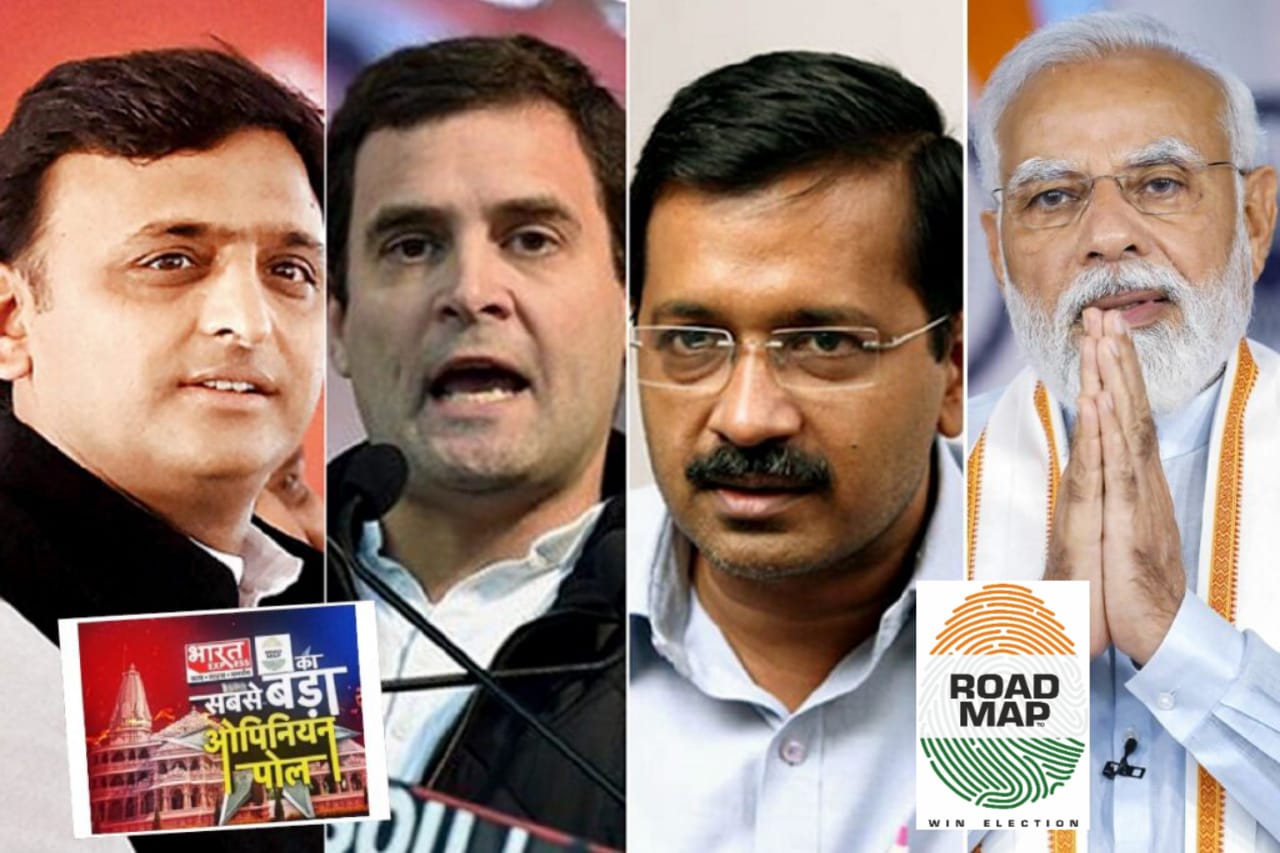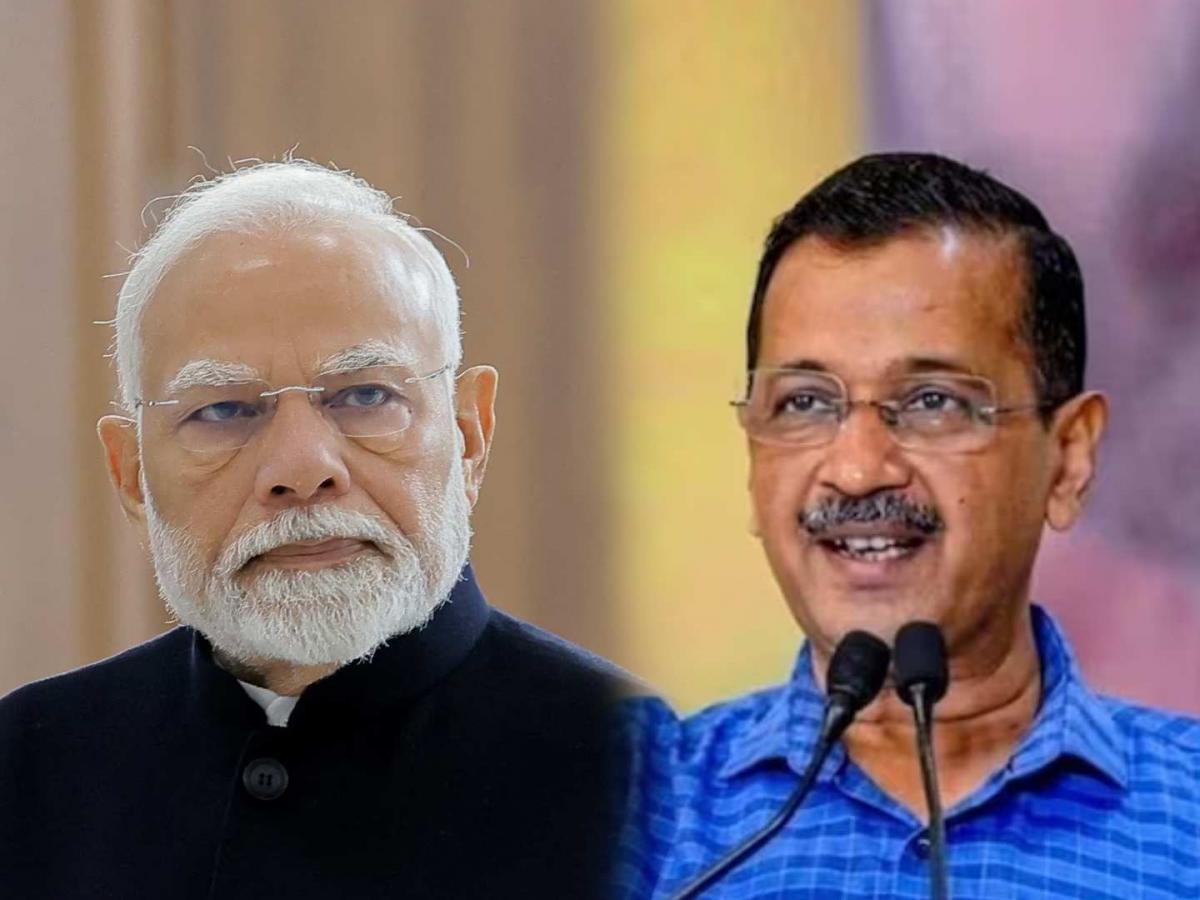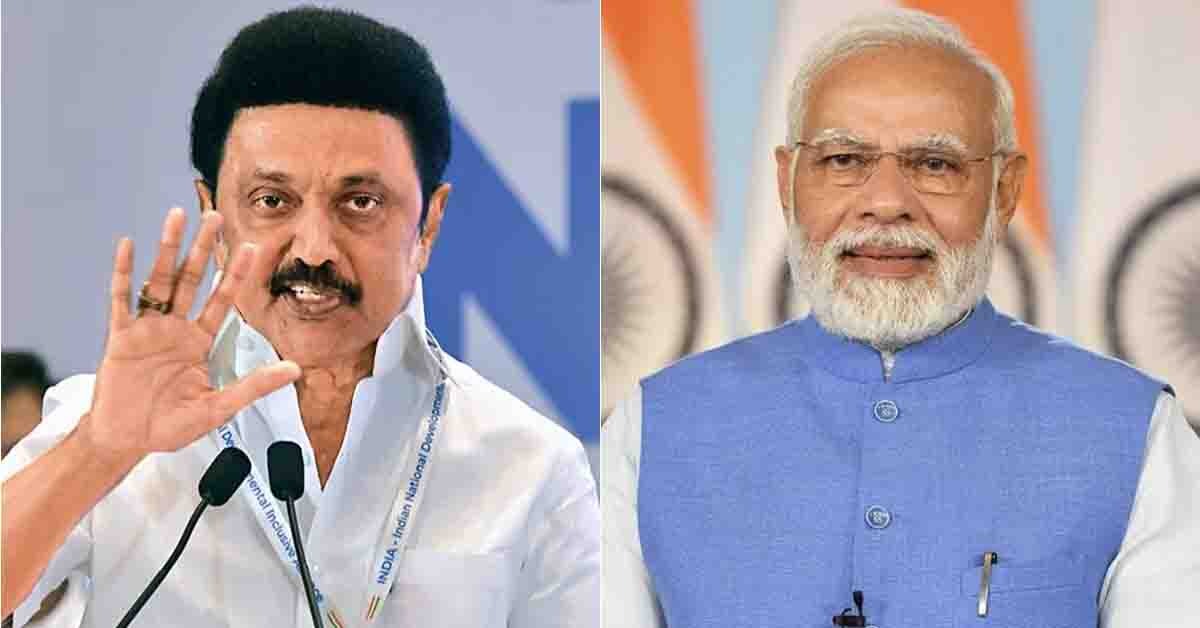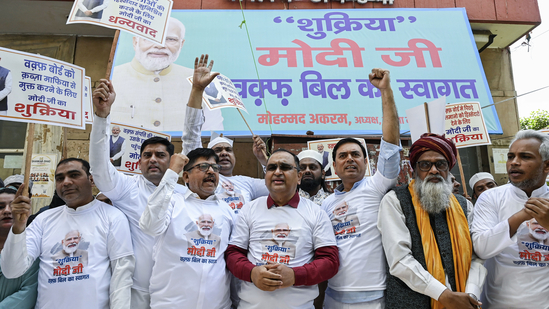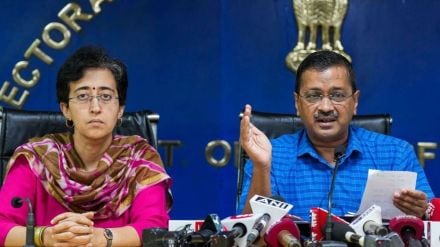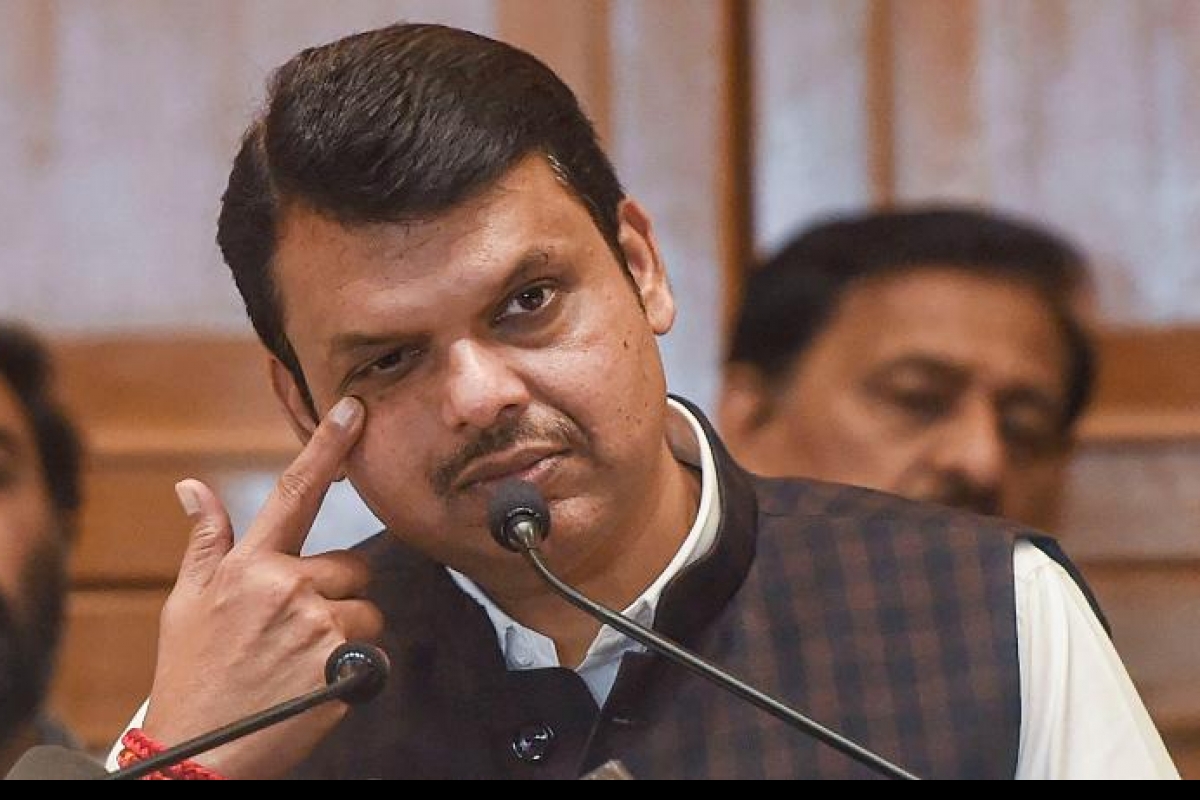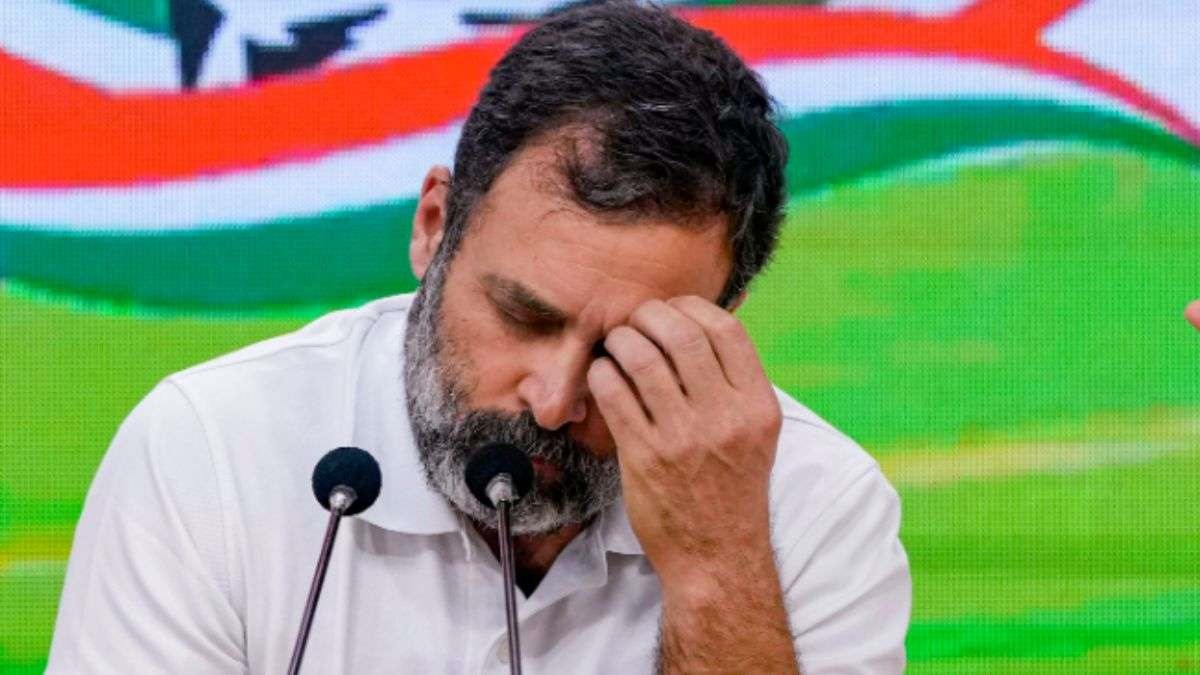The upcoming Bihar Assembly elections present a crucial test for the Congress party, which has struggled to make a significant impact in the state’s political landscape for decades. In the 2020 Assembly elections, Congress contested 70 seats as part of the Mahagathbandhan (MGB) but won only 19—a dismal strike rate of 27%. This poor performance not only weakened the alliance but also raised questions about the party’s relevance in Bihar politics.
As the 2025 elections approach, Congress must reassess its strategy, address organizational weaknesses, and develop a clear roadmap to improve its prospects. Understanding Bihar’s caste arithmetic, regional dynamics, and the shifting political landscape will be key to mounting a credible challenge against the BJP-led NDA.
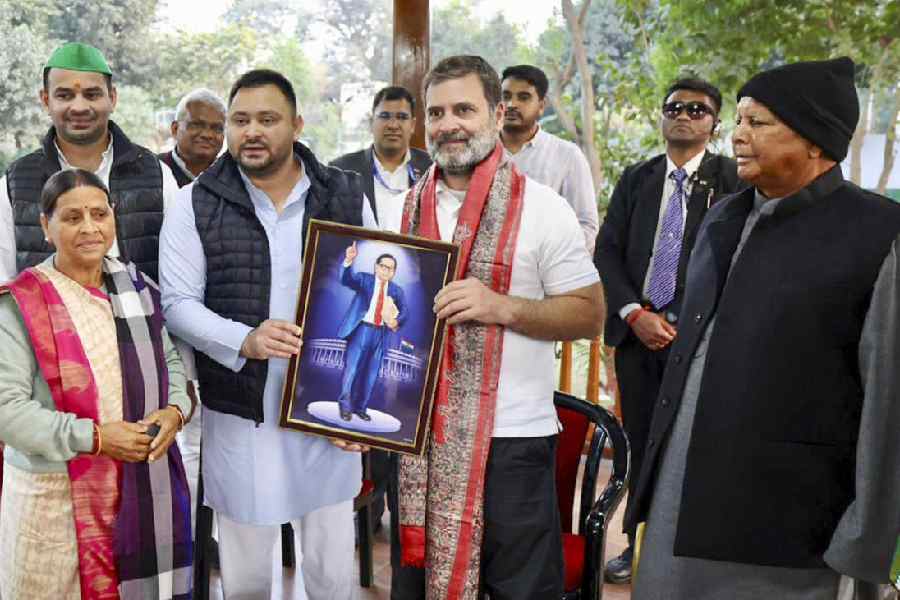
Lessons from 2020: Why Did Congress Falter?
In the 2020 Bihar Assembly elections, the Mahagathbandhan—comprising the RJD, Congress, and Left parties—put up a strong fight, finishing with 110 seats, just short of the majority mark (122). The RJD emerged as the single largest party with 75 seats, while the Left parties exceeded expectations by winning 16 out of 29 seats contested.
In contrast, Congress underperformed significantly:
- Contesting 70 seats, it won only 19.
- Its strike rate (27%) was the lowest among MGB allies (RJD had 55%, Left parties had 55%).
- The party lost several seats due to weak organizational presence and ineffective local leadership.
- Congress’ inability to mobilize voters, particularly among OBCs and Mahadalits, hurt the alliance’s overall prospects.
The party’s poor performance was a key factor in the MGB falling short of forming the government. Many analysts argue that if the RJD had contested more seats instead of allocating 70 to Congress, the alliance could have secured a majority. This perception has led to friction within the alliance and a loss of bargaining power for Congress in Bihar’s political equations.
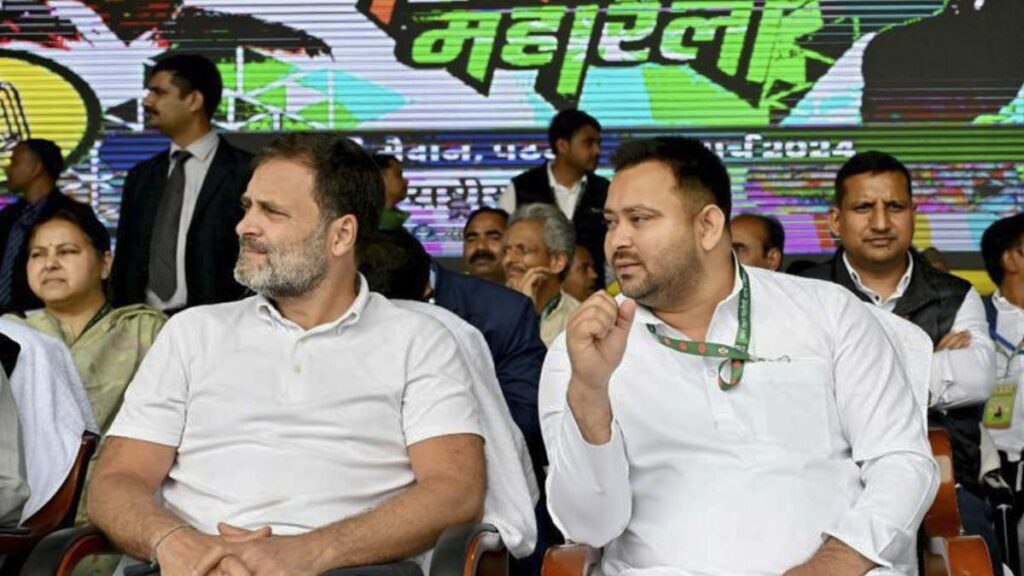
Caste and Regional Dynamics: Where Does Congress Stand?
Bihar’s politics is shaped by caste equations, with the major players consolidating their vote banks accordingly:
- RJD: Stronghold over Yadavs and Muslims (MY equation).
- BJP: Consolidation of upper castes and a growing appeal among OBCs.
- JD(U): Support from Kurmis and a section of EBCs.
- Left Parties: Influence in select pockets among Dalits and landless laborers.
Congress lacks a dedicated caste base in Bihar. Traditionally reliant on upper-caste votes, it lost this demographic to the BJP in the 1990s. Its appeal among Muslims is limited compared to RJD, and it has failed to build a strong connection with OBCs and Mahadalits.
In 2020, the Congress won a few seats in Muslim-dominated areas like Seemanchal but struggled elsewhere. Its inability to attract OBC voters, who form over 50% of Bihar’s population, remains a major weakness.
What Congress Must Focus On for 2025
1. Alliance Strategy: Accept a Realistic Role
Congress’ demand for 70 seats in 2020 was widely seen as excessive. Given its weak strike rate, the party must adopt a more pragmatic approach in 2025. Instead of pushing for a large number of seats, it should focus on contesting 40-50 winnable constituencies, particularly in Seemanchal, Mithilanchal, and certain urban pockets where it has some presence.
A smarter alliance strategy will help consolidate anti-BJP votes rather than splitting them. RJD and the Left have outperformed Congress in previous elections, and a well-negotiated seat-sharing formula is crucial for the opposition’s success.
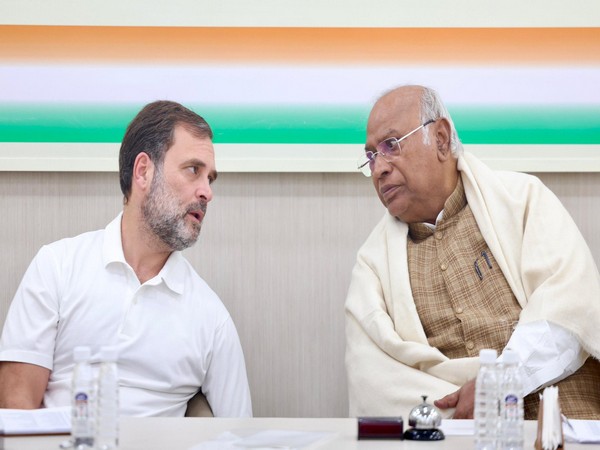
2. Rebuilding the Organization from the Ground Up
Congress’ biggest challenge in Bihar is its lack of a strong grassroots cadre. Unlike the BJP and RJD, which have deep networks of workers, Congress remains dependent on central leadership without a robust local structure.
- Booth-level committees must be strengthened to ensure voter mobilization on polling day.
- Local leadership must be empowered instead of relying on parachute candidates from Delhi.
- Youth and student outreach is essential, particularly in university towns like Patna, Bhagalpur, and Muzaffarpur.
3. Caste Strategy: Expanding Beyond Traditional Voter Base
Congress must actively woo OBCs and EBCs, who hold the key to Bihar’s elections. The party’s recent push for a caste census is a step in the right direction, but it must translate this into concrete outreach programs.
- Targeting non-Yadav OBCs: While RJD dominates the Yadav vote, Congress can appeal to other OBC groups like Kushwahas, Banias, and artisans who feel neglected by both RJD and BJP.
- Dalit and Mahadalit outreach: Congress must counter the BJP-JD(U) influence among these communities by emphasizing welfare and social justice policies.
- Muslim consolidation: While RJD has a strong Muslim voter base, Congress must focus on districts like Kishanganj, Araria, and Katihar, where it has historical support.
4. Alternative Narrative to Counter BJP-JD(U)
The BJP-JD(U) alliance will highlight infrastructure development, law and order improvements, and Modi’s national appeal. Congress must build a counter-narrative based on youth unemployment, farmer distress, inflation, and caste-based inequalities.
- Bihar has one of the highest unemployment rates in India—Congress must make this a central issue.
- Education and migration: Congress can highlight the mass migration of Bihar’s youth to other states due to lack of job opportunities.
- BJP’s failure in handling the Agniveer scheme can be used to mobilize discontent among Bihar’s youth, many of whom aspire for defense jobs.
5. Digital and Ground-Level Mobilization
Congress has been slow in adopting modern campaign techniques. The BJP has a strong IT cell and micro-targeting strategy, which gives it an edge in Bihar. To compete effectively, Congress must:
- Build a state-specific digital campaign that focuses on Bihar’s unique issues rather than generic national rhetoric.
- Deploy regional influencers to reach young voters on social media platforms.
- Train booth-level workers in real-time voter engagement and WhatsApp-based mobilisation.
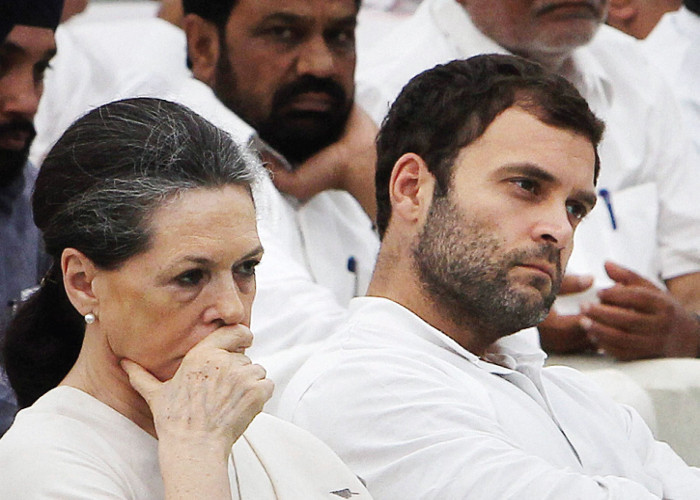
The Road Ahead: Can Congress Revive in Bihar?
Congress has historically been a marginal player in Bihar since the Mandal era, and its 2020 performance reinforced its declining influence. However, the party still holds a symbolic value and can play a crucial role in the Mahagathbandhan’s success—if it takes the right lessons from past failures.
The 2025 Bihar election is an opportunity for Congress to prove its relevance. By accepting a smaller but winnable role, strengthening its grassroots presence, and crafting a targeted caste and youth strategy, the party can improve its strike rate and contribute meaningfully to the alliance.
If Congress fails to evolve and repeats the mistakes of 2020, it risks further erosion of its bargaining power in Bihar’s politics. The time to act is now.

